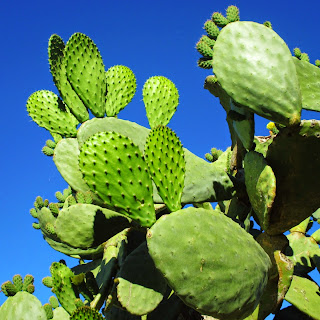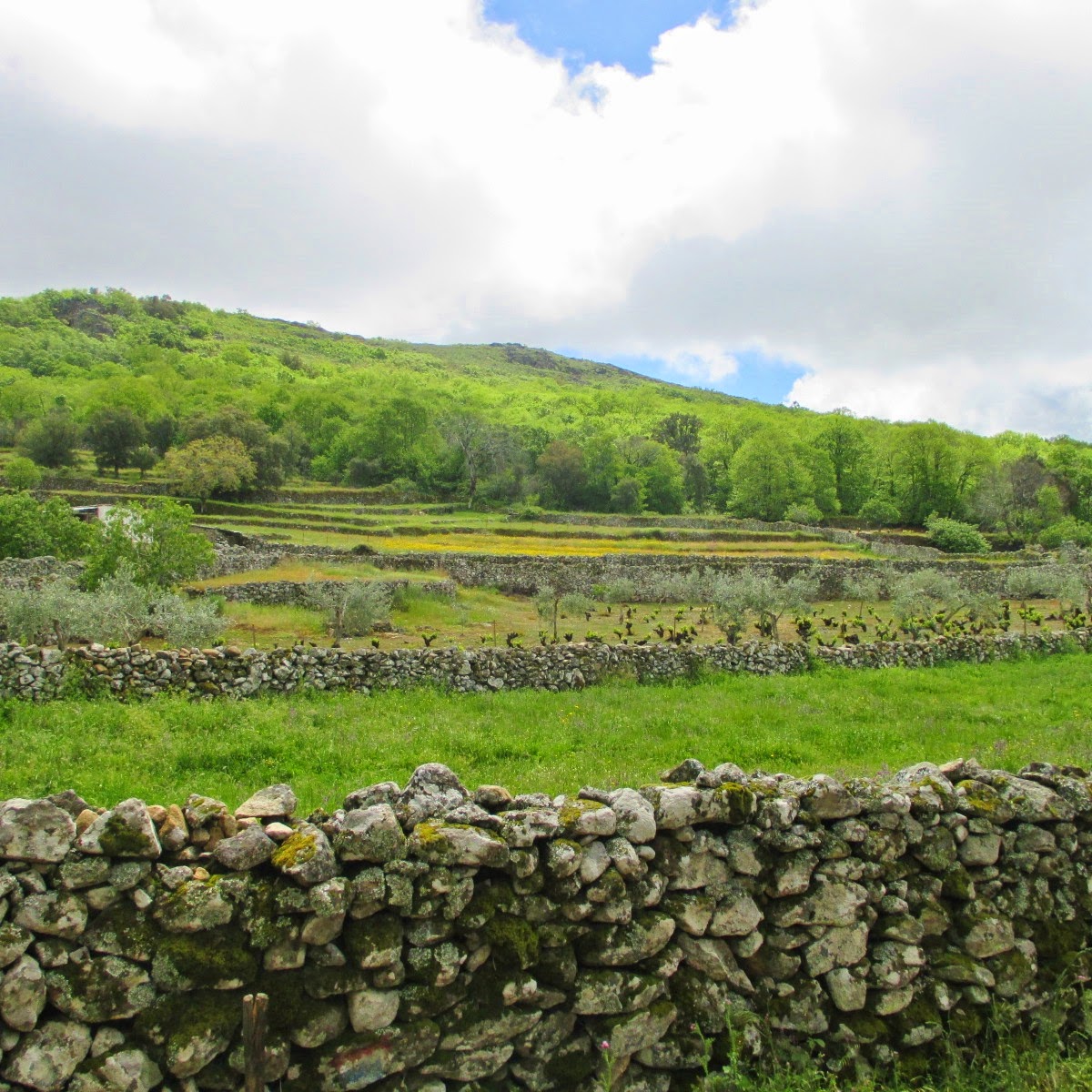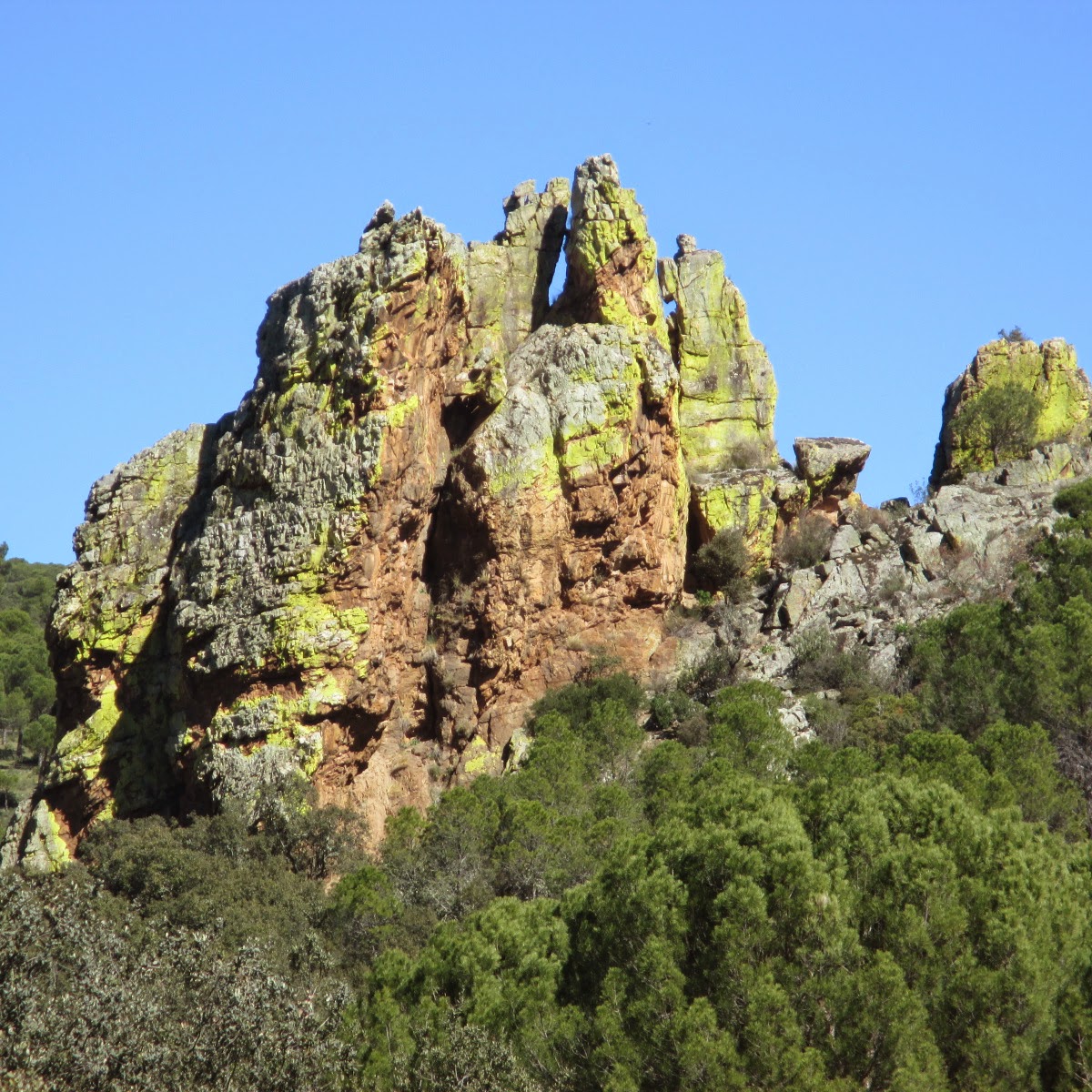June is the
month of the Festas dos Santos Populares (Feasts of the Popular Saints).
Lisbon nights are filled with lively festivities that take place all over the ancient historical centre.
On the eve of Dia de Santo Antonio, June 12,
Lisbon turns into one big party!
The festivities can be traced back to an event in the 13th
century, when Santo Antonio travelled to
Rimini from Lisbon. The people of Rimini
failed to appreciate his sermons so he decided to preach to the fish
instead. To the amazement of
everyone, masses of sea creatures
appeared above the waves, eager to hear what he had to say. Today, the people
of Lisbon remember the story by hosting huge street parties and feasting on
grilled sardines from June 12th-14th.
The narrow streets of
Castelo , Mouraria, Graça , Alfama, Ajuda
and Bairro Alto are filled with people in a party mood, enjoying caipirinhas,
mojitos, beer and wine on the steep cobbled hills of Lisbon’s historic centre. The houses lining the narrow streets are
decorated with garlands, paper lanterns,
streamers and coloured lights hanging from balconies and railings. Also an essential
element is MANJERICO . As a symbol of affection, people present each other with
little pots of basil (manjerico) and paper carnations with sweet little love poems.
FADO
There is a place called Largo de Severa in memory of one of the most famous Fado singers, she was made eternal in the painting by José Malhoa.
The largo that bears her name is surrounded by a warren of narrow streets know as Mouraria, the home of many famous fado singers now commemorated by huge photos on the walls.
As in Alfama this area has remained little changed since Moorish times as it was hardly damaged by the 1755 earthquake. The
Moors withdrew into this quarter
after Lisbon was conquered by the Christians– a ghetto for people of different
faiths arose.
In the 19th century prostitution and fado, which was considered to be indecent, brought the quarter a bad reputation.
In the 19th century prostitution and fado, which was considered to be indecent, brought the quarter a bad reputation.
The renovation of houses and an improvement in the
living standards of the inhabitants of Mouraria has begun recently. The area is
full of typical grocery stores, old tavernas and cheap (but good!)
small restaurants. Mouraria is one of the livliest areas during the celebrations.
It is said that the
melancholic sounds of the music and singing of the Moorish people was the basis
of fado music. The quarter is still today associated with fado.
The ‘Casa de Severa’ at Largo da Severa 2 was the home of
the legendary fadista Maria Severa Onofriando, who died at the age 26 on
November 30, 1846, either from suicide or tuberculosis.
Famous fadista Amália
Rodrigues, the ‘queen of Fado’ was born near Mouraria on Rua Martim Faz.
Maria Severa is
regarded as the first fado singer to have risen to fame, attaining a
near-mythical status after her death: Maria had a passionate liaison with a
nobleman, Conde de Vimioso. The affair ended badly but the scandal increased
fado’s appeal, leading to the publication of its first sheet music
Fadistas, as fado singers are known, often wear a black
shawl of mourning, as Severa did after her heartbreak. Her story epitomizes
fado’s connection with saudade, “a feeling of longing or nostalgia”
SARDINHAS
Every bar and club shuts its doors and moves outside.
Charcoal grills glow
and huge quantities of sardines are grilled to perfection, no knives and forks,
the etiquette is to delicately take off the charred skin and bones, place on
bread and enjoy sardinhas assadas no pão!
SARDINE THEME.......SARDINE HATS AS APHRODISIACS !
PIMBA is a variety of popular Portuguese folk, solo singers and bands set up on the streets,
it’s loud and raucous, the words frequently driven by sexy metaphors
SANTO ANTONIO ( known as Saint Anthony of Padua) matchmaker, protector of young brides and
patron of the lost and found, was born
in Lisbon, on the site of the Santo Antonio church.
It was customary for local single girls to write a list of
boys’ names on pieces of paper, scrunch them up and place them in a bowl of
water under their beds. In the morning,
their perfect match was revealed as the name on the piece of paper that had
unravelled the most. Some girls took more extreme measures, according to one
festival tradition known as ‘blackmailing St Anthony’, a small statue of the saint is placed upside
down in the ground, the statue is only returned to its proper position when the
saint successfully finds her perfect man.
Men present the girl
of their dreams with a basil plant containing a paper carnation and small love
poem. If all goes according to plan the
happy couples may be taking part in next years multiple weddings known as casamentos de santo António which take place during the festivities.




































.jpg)

















